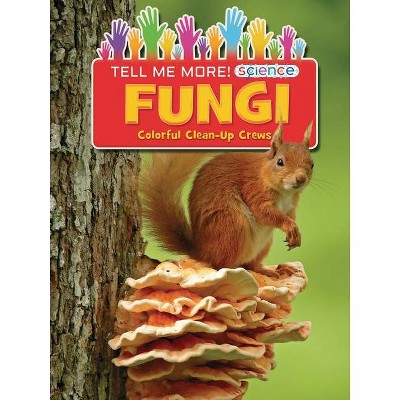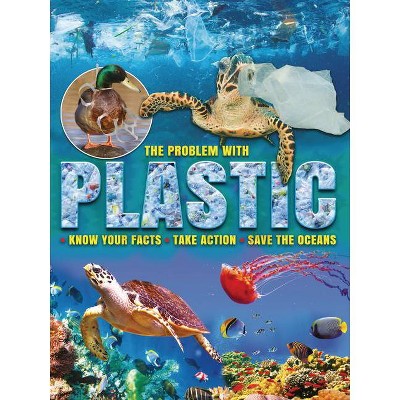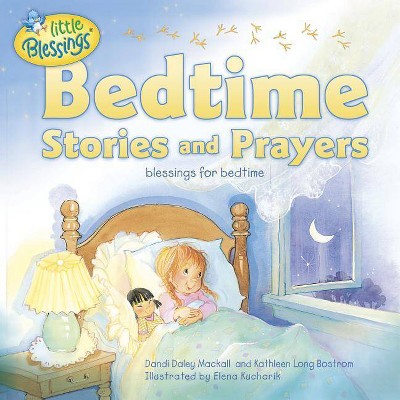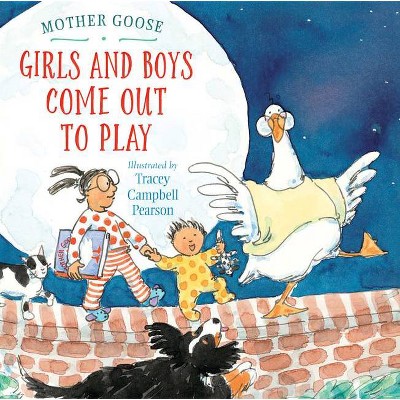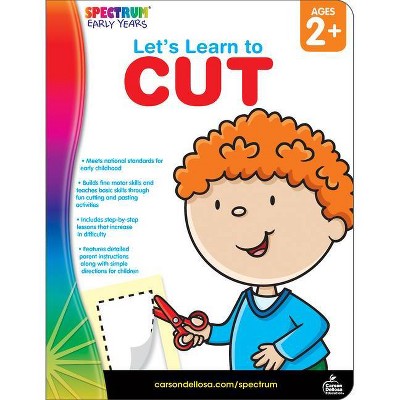Welcome to the Backyard - (Nature's Neighborhoods: All about Ecosystems) by Ruth Owen (Paperback)

Similar Products
Products of same category from the store
AllProduct info
<p/><br></br><p><b> Book Synopsis </b></p></br></br><p><strong>Readers explore a backyard habitat and discover how garden animals and plants form an ecosystem and rely on each other for survival.</strong><br /> <br /> This title cleverly takes young readers on a mini safari through a backyard making connections between the living things that call it home. For example: As aphids suck nectar from the stems of plants, a ladybird leaves its winter hiding place to start munching on aphids. As worms wriggle through the soil helping to bring nutrients and rainwater to the roots of the garden's trees, a robin hunts for worms to feed to its chicks.<br /> <br /> - Packed with curriculum science information<br /> - See how backyard animals make their homes and what they eat.<br /> - Learn about the life cycles of some common mammals and birds<br /> - Discover how insects pollinate plants<br /> - Controlled vocabulary, grammar, and sentence structure<br /> - Beautiful, labelled photographs throughout<br /> - Close photo/text match<br /> - Includes a backyard food web diagram <br /> <br /> Filled with facts about the natural world, this title is perfect for students studying habitats, animal and plant life cycles, and ecosystems. </p><p/><br></br><p><b> Review Quotes </b></p></br></br><br><p>These thoughtful overviews provide selected examples of the roles of plants and animals within an ecosystem. Basic facts about the habitat are followed by simple profiles of the creatures that live there. Each spread ends with a boxed question that is answered with the subsequent page turn, which neatly supports the theme of connections within a habitat. A spread on rock-clinging seaweed, for example, leads into one on animals that also stick to rocks, followed by a transition to barnacle eating processes. Continuity is further reinforced by introducing an animal, then returning to it later. In <em>Pond</em>, for example, dragonfly eggs are laid, nymphs appear seven pages later, and they emerge as dragonflies toward the end. Visual support comes from a mixture of full-page photos and smaller insets, many of which include helpful labels. Each title ends with a useful food web diagram.</p> <p>Excellent introductions to how ecosystems functions.--<em>School Library Journal</em></p>-- "Journal" (7/2/2021 12:00:00 AM)<br>
Price History
Price Archive shows prices from various stores, lets you see history and find the cheapest. There is no actual sale on the website. For all support, inquiry and suggestion messagescommunication@pricearchive.us








